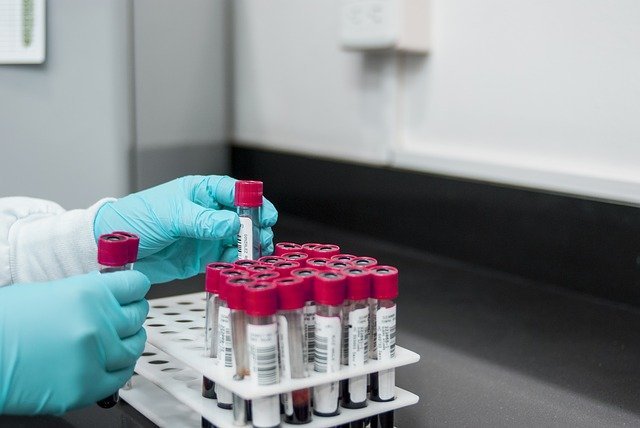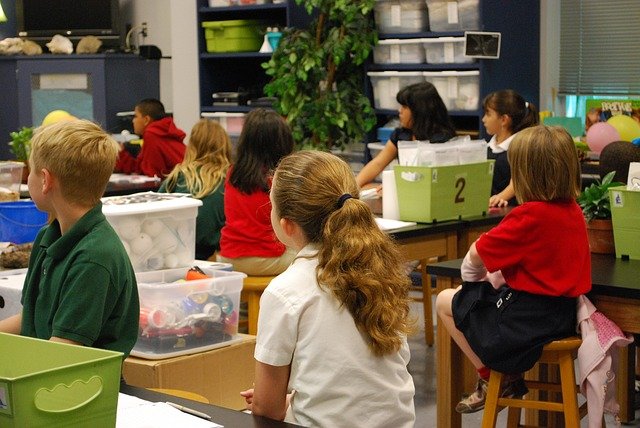The students in Westerville’s Principles of Biomedical Science classes have gotten a glimpse of what happens in a doctor’s office, from learning how to get a patient’s medical history to understanding the various routine exams that can be administered.
This week, they took a deeper dive into the unit through a new lab that involved handling a syringe for the first time.
Students in Autumn McCormick’s class at Westerville Central High School and Brooke Cochran’s class at Westerville North High School learned how to withdraw blood using the same medical equipment phlebotomists train on — a synthetic arm with veins that contain solution that simulates blood.
The idea behind the lab is to help students understand the professional skills associated with the different exams that occur in a doctor’s office, McCormick said.
“You have kids who say, ‘I want to be a doctor, I want to be a nurse’ but don’t really know what that is,” she said. “We’re trying to expose them to a wide variety of careers and how they can use a position (like a phlebotomist) to elevate and climb the ladder in the biomedical field.”
The Principles of Biomedical Science is the foundational course in the district’s Health pathway program, which provides students with opportunities to take college courses and earn an industry credential that could lead to the start of a career. Teachers use Project Lead the Way’s Biomedical Science curriculum, which was recently revamped to expose students to more careers within the medical field and includes new hands-on labs that highlight skills needed in the real world.
In addition to the phlebotomy lab, students learned how to correctly apply a tourniquet on a synthetic arm. In new, upcoming labs, students will figure out how to create a coating on medication so it survives the stomach acid before dissolving. They will work to extract bioactive compounds from sponges in search of anticancer compounds.
Cochran said some of the same labs have a new twist: toxicology, fingerprinting, bacterial identification and gram staining.
The Principles of Biomedical Science class features units where students can explore concepts of biology and medicine, including investigating a crime scene to solve a mystery, diagnosing and proposing treatment to patients in a family medical practice, tracking down and containing a medical outbreak at a local hospital, stabilizing a patient during an emergency, and collaborating with others to design solutions to local and global medical problems.
“It’s made it a lot more realistic for the kids,” Cochran said.
As part of their current unit, students are examining blood samples from patients with leukemia and comparing them with normal, healthy blood samples. They will learn about hematologists — doctors who specialize in blood — and learn about the different blood disorders they diagnose.
With this week’s phlebotomy lab, students worked at stations with synthetic arms. They wore gloves as they searched for a vein on the arm. They applied a tourniquet before plunging the needle into the arm and vein to withdraw the simulated blood.
At Westerville Central, McCormick stood close to her students, monitoring their progress and coaching those who couldn’t find a vein with the needle or struggled to remove the tourniquet.
After a group of students completed the procedure without any need of assistance, she praised their work.
“Those are future phlebotomists right now,” she said. “That’s an $18-an-hour job right out of high school.”








